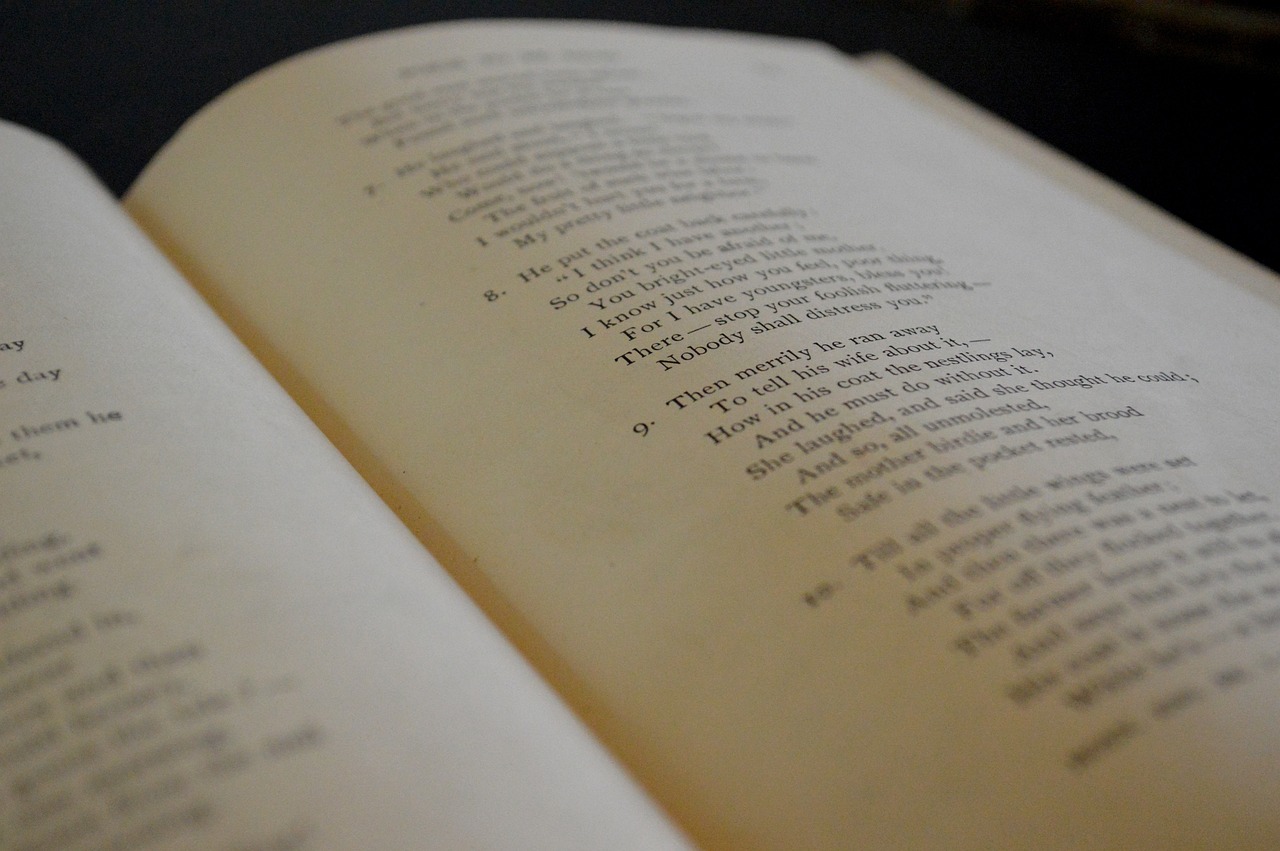Exploring the Magic of Claude 3.5 in Sonnet Generation
Artificial Intelligence has made significant strides in recent years, especially in the realm of natural language processing. Among the most impressive advancements is Claude 3.5, a generative language model developed by Anthropic. Claude 3.5 has shown remarkable capabilities in various applications, one of which is the generation of sonnets. In this article, we delve into the world of AI-generated poetry, focusing on how Claude 3.5 creates sonnets, and exploring the potential and implications of this technology.

Introduction to Claude 3.5
Claude 3.5 is the latest iteration of Anthropic's advanced AI models, designed to understand and generate human-like text. Building on its predecessors, Claude 3.5 has enhanced its capabilities to include not only text comprehension but also the ability to produce coherent and contextually relevant outputs. This makes it a powerful tool for creative tasks such as poetry and prose generation.
A sonnet, a 14-line poem with a specific rhyme scheme and meter, represents a high point in the art of poetry. Traditionally, writing sonnets has been the domain of skilled poets, but with Claude 3.5, even those without poetic prowess can create beautiful verses. This AI model leverages vast amounts of data and sophisticated algorithms to mimic human creativity, producing sonnets that can evoke emotion and convey deep meaning.
The Mechanics of Sonnet Generation
To understand how Claude 3.5 generates sonnets, it's essential to look at its underlying mechanisms. The AI model operates using a transformer architecture, which enables it to process and generate text based on patterns and structures it has learned from a large corpus of data. Here's a step-by-step breakdown of the sonnet generation process:
Data Ingestion: Claude 3.5 is trained on a diverse dataset that includes a wide range of literary works, including classic and contemporary poetry. This training enables the model to understand various poetic forms and styles.
Pattern Recognition: Through its training, Claude 3.5 learns the common structures of sonnets, such as the Shakespearean (ABABCDCDEFEFGG) and Petrarchan (ABBAABBACDCDCD) rhyme schemes, as well as the iambic pentameter—a rhythmic pattern that characterizes traditional sonnets.
Prompt Processing: When a user provides a prompt or a theme, Claude 3.5 processes this input and generates text that aligns with the given context. The model can adjust its style and tone to match the prompt, creating a cohesive poetic piece.
Generation and Refinement: The AI generates a draft of the sonnet, which includes the necessary rhyme scheme and meter. It then refines the text to ensure that it flows naturally and adheres to poetic conventions. This may involve tweaking word choices and sentence structures.
Output: The final product is a sonnet that not only meets the structural requirements but also resonates with the intended emotional or thematic tone.
Advantages of Using Claude 3.5 for Sonnet Generation
Using Claude 3.5 for sonnet generation offers several advantages:
Accessibility: Claude 3.5 democratizes poetry by making it accessible to everyone, regardless of their literary background. Anyone can generate high-quality sonnets with just a few clicks.
Creativity Boost: For writers and poets, Claude 3.5 can serve as a source of inspiration. It can generate fresh ideas and perspectives that human poets might not have considered, sparking new creative endeavors.
Time Efficiency: Crafting a traditional sonnet can be time-consuming, requiring meticulous attention to rhyme and meter. Claude 3.5 significantly reduces the time needed to produce a polished piece, allowing poets to focus on refining and personalizing their work.
Educational Tool: Claude 3.5 can be an invaluable educational tool for students and aspiring poets. By analyzing the AI-generated sonnets, learners can gain insights into poetic structures and styles, enhancing their understanding of the art form.
Challenges and Ethical Considerations
While the potential of Claude 3.5 in sonnet generation is impressive, it also raises several challenges and ethical considerations:
Authenticity: One of the main critiques of AI-generated art is the question of authenticity. Can a sonnet created by an algorithm hold the same artistic value as one penned by a human poet? This debate touches on broader questions about creativity and authorship.
Over-reliance on AI: There is a risk that relying too heavily on AI for creative tasks could stifle human creativity. It's important to use tools like Claude 3.5 as a complement to, rather than a replacement for, human imagination and skill.
Bias in AI: Like all AI models, Claude 3.5 is only as good as the data it has been trained on. If the training data contains biases, these can be reflected in the generated text. Ensuring diverse and representative training data is crucial to minimizing bias.
Intellectual Property: Who owns the rights to an AI-generated sonnet? This is an emerging legal question with significant implications for content creation and distribution.
Real-World Applications and Future Prospects
The ability of Claude 3.5 to generate sonnets has exciting real-world applications. Here are a few possibilities:
Literary Arts: Claude 3.5 can assist authors and poets in their creative processes, providing drafts and ideas that can be further refined and personalized.
Education: Educational institutions can use Claude 3.5 to teach students about poetic forms and structures. It can also be used to generate examples for literary analysis and study.
Entertainment: From interactive storytelling to personalized poetry, AI-generated content can enhance the entertainment industry by offering unique and customizable experiences.
Marketing and Advertising: Creative and engaging poetry can be a powerful tool in marketing campaigns. Claude 3.5 can generate catchy and memorable verses that resonate with audiences.
Looking ahead, the future of AI in creative writing looks promising. As AI models like Claude 3.5 continue to evolve, they will become even more adept at understanding and mimicking human creativity. This could lead to new forms of collaborative art where humans and machines work together to push the boundaries of literary expression.
Conclusion
Claude 3.5 represents a significant advancement in the field of AI-generated poetry. Its ability to generate sonnets with accuracy and creativity opens up new possibilities for writers, educators, and creators. While there are challenges and ethical considerations to address, the potential benefits of this technology are immense. By embracing tools like Claude 3.5, we can explore new frontiers in the world of poetry and beyond, blending human ingenuity with the power of artificial intelligence.

